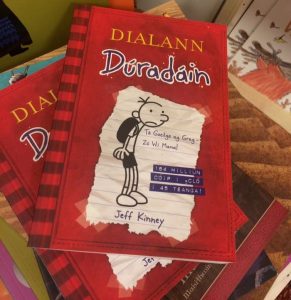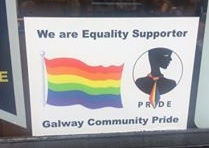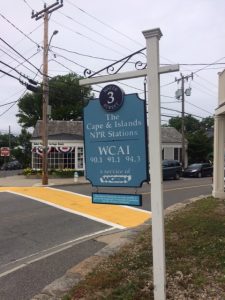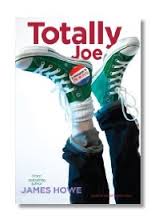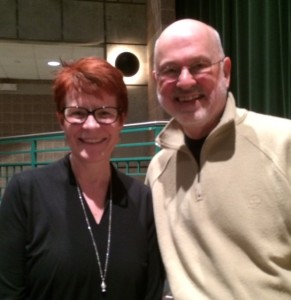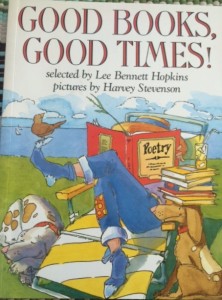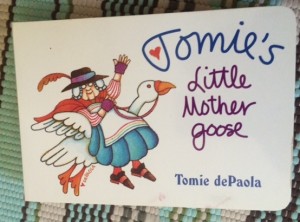Gay Straight Alliances (GSAs) are becoming more and more common in high schools; they’re less frequently seen in middle schools. Yesterday I had the chance to visit a local middle school as a visitor to the GSA. The students (mostly ages 12 and 13) were articulate, lively, and engaging.
Moving at lightning speed, the conversation jumped all over the place after the kids made their introductions, saying their names and pronouns. Within the first five minutes of the meeting, they brought up this week’s Supreme Court ruling, the “This is America” video by Childish Gambino, trans activist Marsha P. Johnson, and Stonewall. Then we got down to talking about books!
I asked them what books they would like to see, or see more of. Here is a good sampling of their responses:
- Stories where being queer is not the central problem.
- Stories where kids cross social groupings: a jock falls for an artist, two kids from very different points in the social order join together in some kind of venture.
- Stories about younger kids coming out…. in elementary school, middle school.
- They are looking for stories that defy stereotypes; ie not all gay kids are artists or theater kids, for example. Gay guys do not necessarily have to be very feminine, or queer girls very masculine.

- They criticized stories where the overly defining characteristic of the kid is that they are gay; give them other strong interests and characteristics.
- They want books in which the main character is a “regular person who’s not in love with anyone”—not in a romance at all. (We discussed the challenge this may face if editors want to see a “romance” to validate that it’s a queer character.) They are looking for stories that are not romance-centered.
- A book for parents about kids coming out. This was poignant, as it was clear that a lot of kids are facing this issue. It was a reminder that “coming out stories” are still relevant, necessary, and desired by this age group!
- One idea offered: two different people, coming out in two different time periods, providing a contrast about coming out, being out.
- One kid said, “Give me ‘Earl and the Dying Girl’ and ‘Heathers’ in middle school, but it’s gay.”
- A trans boy talked about what it feels like to inspire others to be themselves; a girl told him that “you being free to be yourself” helped in her coming out process. He would love to see that dynamic represented in stories, placing the trans kid as a leader.
- Stories with parental friction… a kid who is not out yet. Several kids nodded their heads in agreement. Stories of kids who are scared to come out; family dynamics or cultural context adds complications and layers to the coming out process.
- Stories where a kid is living in a tolerant, liberal community and then moves to one that is not so accepting.
- They want more middle school stories, not all high school stories… not all romance.
- Stories that show that “you’re never too old to change,” ie coming out later, changing one’s identity.
- A friendship based on contrast…. one queer kid has lived in a very accepting family and community, and one has not. How do they reach each other?
- Friends who keep being told they would be a good couple… awkward!! (There was lots of laughter on that one!)
I left the meeting brimming with inspiration and blown away by the intelligence, depth, and clarity of their comments. I’m happy to share this with my fellow writers and educators during Pride Month. These articulate students give us both hope for the future as well as a challenge: how do we make sure they get the stories they are seeking?












